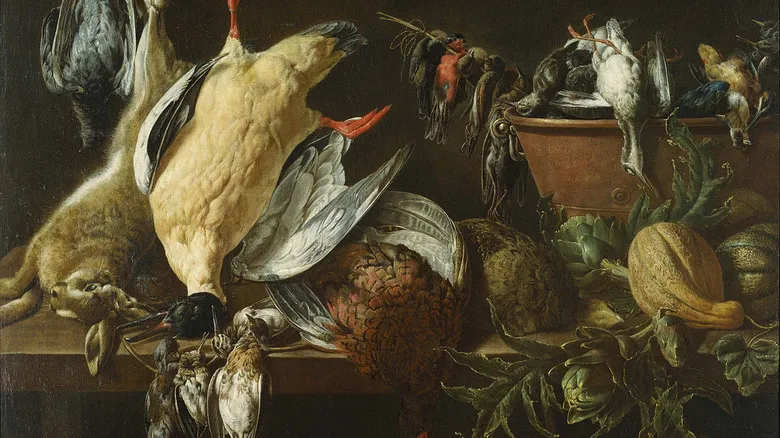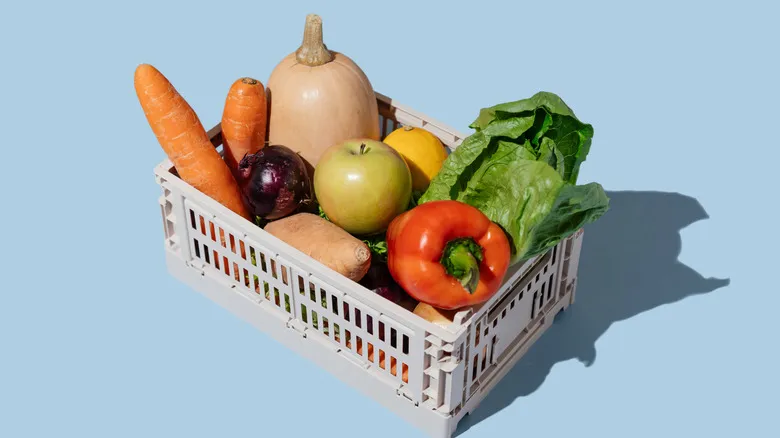If it's good, 'tis better in a coffyn

The term "pastry" didn't come into use until the mid-15th century. Prior to that, it was referred to by a rather unusual name found in 14th-century English cookbooks: coffyn (or coffin). In a darkly humorous twist, a pastry coffyn served a similar function to a modern coffin; it was a container for something to be placed inside. In this instance, it was pie filling.
In "The Forme of Cury," composed in 1390, the master cooks of King Richard II outlined the process for preparing the filling for a "flaumpeyns" (a type of sweet pork mince pie) and referenced a coffyn: "Then, with another part of the dough, make coffyns and place the mixture inside."
Creating a coffyn requires just flour and water. Ancient cooks would combine these ingredients to form a dough, which they would then knead and shape into a square box several inches thick. This dough-based container would be used to hold a savory filling. After baking, the coffyn would harden and become nearly inedible, while the filling inside would remain moist and thoroughly cooked. The wealthy and noble class—who were the only ones with access to pies at the time—would discard the coffyn and enjoy the filling. According to Terry Breverton in his book "The Tudor Kitchen: What the Tudors Ate & Drank," this association with nobility led to an Elizabethan saying: "If it's good, 'tis better in a Coffyn!"
What kind of filling is packed into a coffyn?

During the medieval era, coffyns played a crucial role in the creation of free-standing pies, commonly referred to as "raised pies," which were typically filled with meat. These coffyns served as a robust foundation, enabling the pie to maintain its shape and be transported without falling apart.
Traditionally, coffyns were primarily used for savory meat pies. The specific type of meat used varied depending on seasonal availability. Historically, pork was the most frequently chosen meat due to its abundance. However, if local hunters or members of the gentry returned with fresh game from a successful hunt, those ingredients could be utilized to create a mixed game meat filling. Veal, venison, and magpie, among other game meats, were all excellent options for stuffing the coffyn.
Once the meat mixture was prepared, it was carefully packed into the coffyn and baked in an oven. The result? A delicious meat pie! You can think of it as an early iteration of shepherd's pie, but instead of being baked in a dish, the filling is encased and supported by the coffyn.
Recommended

The Bizarre Evolution Of Ketchup

How Grocery Co-Ops Make It Easier To Save Money And Shop Smart

The Little Known History Behind Coca-Cola Bottles

The History Of Betting On Gatorade Colors At The Super Bowl
Next up

